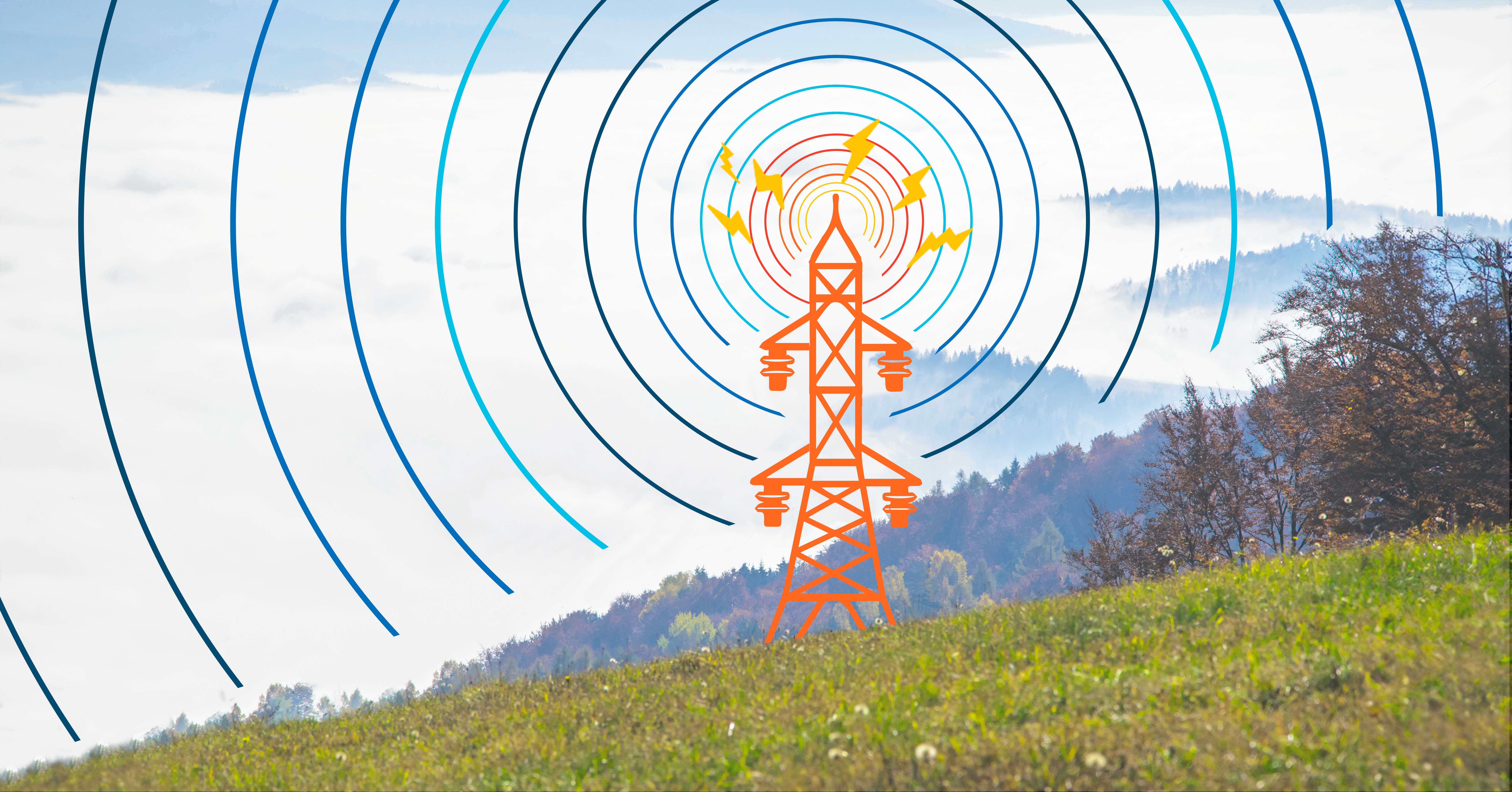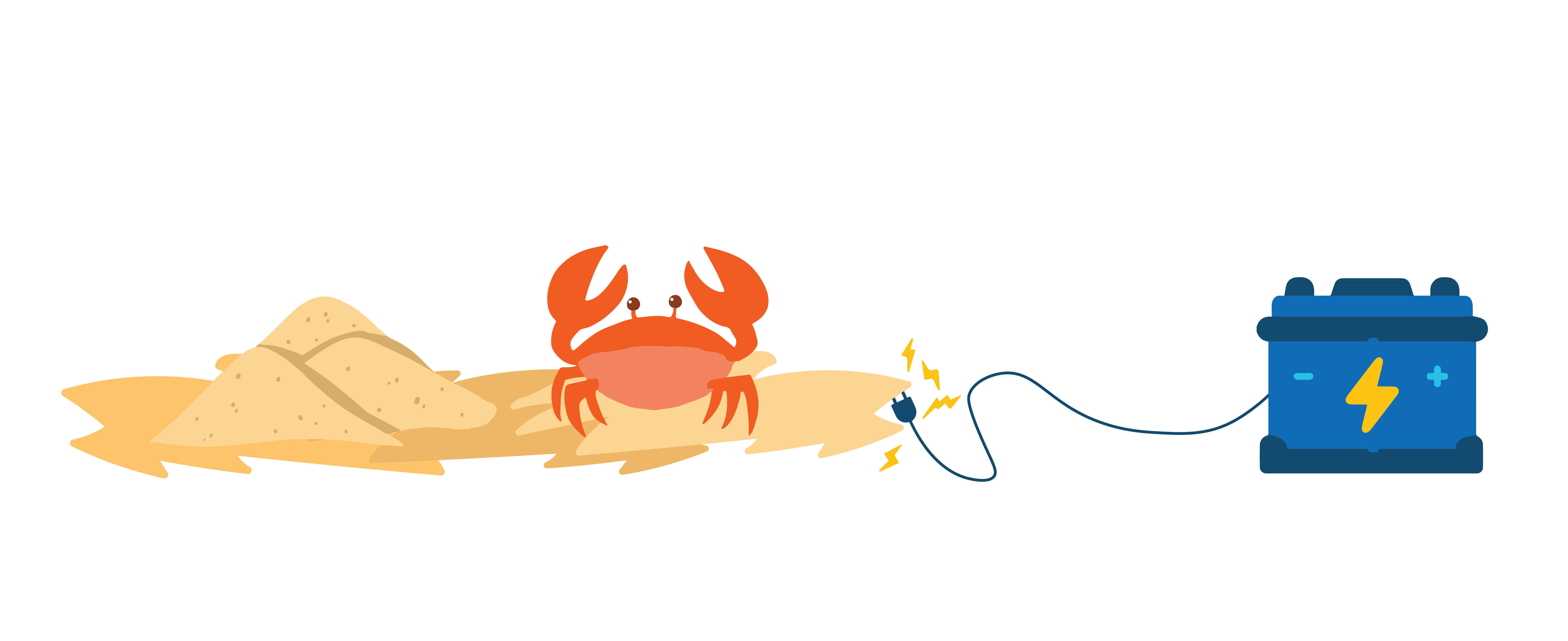What changes are emerging in renewable energies? We identify weak signals of change and create a taxonomy that organizes our findings.
Shaping the Future: A Taxonomy of Emerging Signals in Renewable Energy
1 de Abril de 2024

Much like organizing a cluttered file, at Co_Lab, we have been dedicated to systematizing the weak signals of change that we identify in our exploration of the future of renewable energy. What exactly is a signal? It is an indicator of a forthcoming change, and we call it weak because it is an early indication, still somewhat imprecise in its scope and potential consequences.
Every systematization attempt involves following criteria for order. In this sense, the shared elements and common patterns among the signals have helped us create a taxonomy that brings order to the range of our findings. These groupings of signals have been revealing trends, which represent the paths of change projected into the future. This aids in making sense of what is being drawn as the future of renewable energy, thereby facilitating decision-making to anticipate both opportunities and challenges.
Some of the signals we have identified indicate a trend towards reliance on new digital technologies to increase the efficiency and transparency of renewable energy projects. Thus, developments seeking to apply blockchain technology for enhanced transparency in the energy market are emerging. Consider Renewable Energy Certificates (RECs), for example. These are instruments that renewable energy producers and consumers can exchange, and indicate that a unit of renewable energy has been created and introduced to the electrical grid. Blockchain technology streamlines the traceability of RECs, that is, it allows for improved tracking and monitoring of these instruments. How? Enhancing the precision of the information regarding the origin of the certified unit of renewable energy and the Greenhouse Gas Emissions (GHG) avoided. Another signal in this vein is the use of machine learning and remote sensing for enhanced adaptation to climatic and hydrological conditions, aiming to achieve more efficient management of hydroelectric dams.
Another set of signals shows a move towards the incorporation of new materials, designs, and functionalities into energy hardware. Materials such as, sand, potassium, sodium, and even chitin—a compound from the exoskeleton of crabs and lobsters—are being used to build battery models and energy storage devices.

Currently, lithium-ion batteries are key in the electrification of transportation and the storage of energy from renewable sources. However, their production presents challenges in terms of environmental, social, and economic sustainability. For instance, lithium extraction is not only water-intensive but can also involve the disruption of natural ecosystems. The use of new materials opens up the possibility of producing batteries at a lower cost with a lower environmental impact. Sand, potassium, and sodium are abundant materials on Earth, and their use does not necessarily require other toxic elements, such as cobalt. Although there are emerging ventures or pilot tests, the widespread use of batteries with new materials is not yet a reality, however, the wheels of change are already in motion.
The emergence of solar biopanels is another weak signal that serves as evidence of the incorporation of new functionalities into a well-established renewable energy device, the solar panel. Biopanels not only produce renewable energy but also aid in capturing CO2. The key components of these biopanels are microalgae and carbon nanoparticles. On the one hand, carbon nanoparticles convert solar radiation into heat, which in turn is transformed into energy. Meanwhile, microalgae, through photosynthesis, help to capture CO2 and release oxygen.
At another level of the taxonomy, a cluster of signals reveals a trend towards the expansion of new modes of generation, distribution, and storage of renewable energy. Signals point towards a deepening of a model with multiple generating nodes dispersed across the territory and closer to users. Initial projects show how roads can be transformed into wireless inductive charging systemsfor electric vehicles, as well as how hydrogen can be reduced to a powder preparation easy to store and transport.
High initial costs or difficulties in achieving long-term economic sustainability are a challenge for renewable energy projects. In this sense, we see signals indicating new business models that seek to make renewable energies more affordable. One such model is “Pays-As-You-Go”, which makes it easier for users to pay for the use or purchase of a renewable energy product in periodic installments. For instance, this could be the installation of a solar panel with a smart meter battery, enabling users to enter the code purchased from the provider to access the solar power or days of energy they have paid for.
We also see a commitment to greater integration of renewable energy generation with other economic activities, such as agriculture. This is where agrivoltaics comes in, which refers to a model of solar energy production in which crops, livestock, and beehives can coexist between rows of solar panels. Pilot tests show promising results, benefiting both energy production and agriculture. For instance, panels help to reduce heat stress on crops and livestock, in turn, this reduction in ground temperature can help to increase the efficiency of the panels.

This initial taxonomy sheds light on the various aspects that are shaping the future of renewable energy. Whether it is about greater efficiency and transparency, new configurations in hardware, or new business models, future trajectories converge in outlining a horizon where renewable energy grows in robustness, reliability, scope, and affordability. Even though these are emerging signals, the possibility of their evolution in the future prompts us to think about what are the most strategic actions we can take now to seize opportunities and mitigate risks. This contributes to developing a perspective that reduces uncertainties and ambiguities, while at the same time providing prospective knowledge to guide what we do in the present.

 Locations
Locations